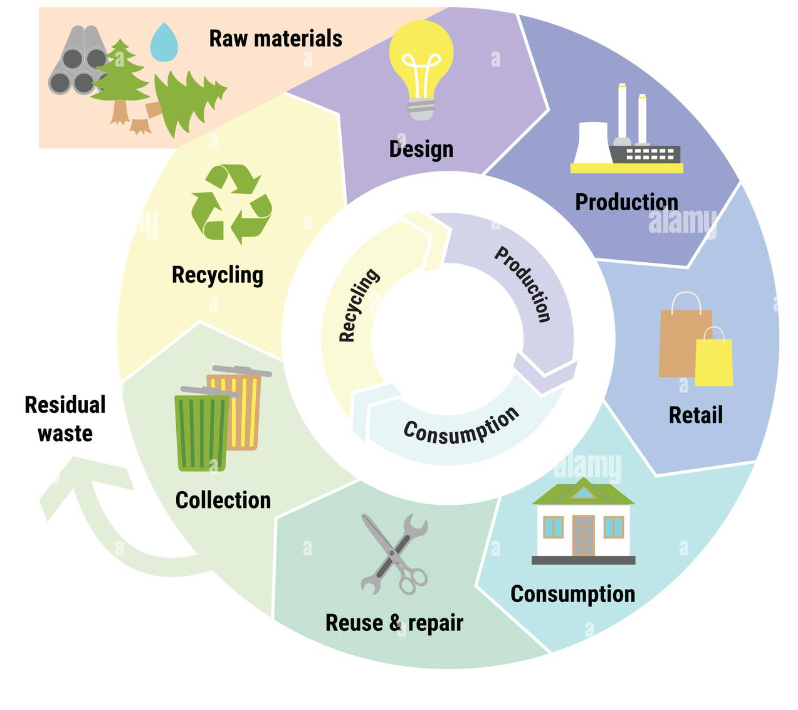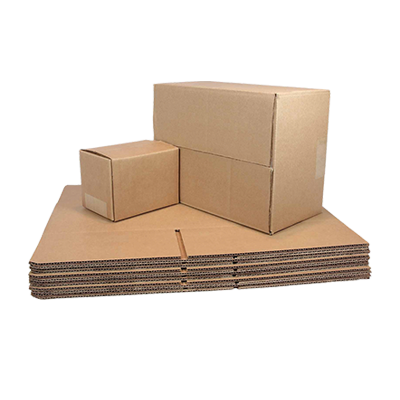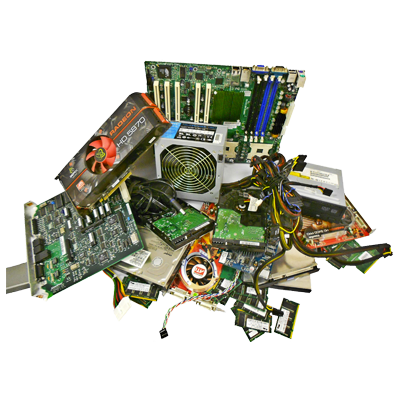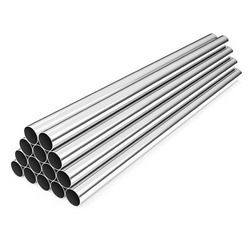
2022-07-21
Reducing Our Environmental Footprint through Raw Resource Reuse
In addition to wet and dry waste mixing creating both public and environmental hazards, it is now being realised that segregating waste at its source can help in resource recovery and reuse, thus helping local economies and mitigating long-term environmental damage. Resource recovery minimises the consumption of raw materials and energy as well as produces fertilisers and renewable energy, thus reducing leaching and Greenhouse Gas (GHG) production.
How many of you have participated in cleanup activities aimed at preserving the environment? What are the most common types of waste encountered? Recycling materials such as PET bottles, plastics, glass bottles, and even electronic waste (e-waste) are likely to be found alongside landfill garbage. You clean up a location, collect the trash, and then dump it somewhere else. This is a never ending loop reducing the viability of long-term environmental health. But if we recycle and upcycle all recyclables while securely disposing of the non-recyclables only in landfills, we can break this cycle. This will reduce the quantity of waste that reaches the landfill, making it less susceptible to environmental hazards and reducing pollution, as well as protecting the local community from health hazards.
Every action has an impact, and the impact of increasing waste generation is enormous. The impact is felt more strongly in developing nations, even if consumption is considerably lower due to their limited capacity to effectively and safely dispose of waste. Over 75% of solid waste produced in the Kathmandu Valley is biodegradable. Of the remaining 25%, 15% waste can be reused or recycled, leaving only 10% solid waste to deal with (Ojha, 2021). Thus, if you know your garbage and appropriately segregate it, Kathmandu has the potential to be waste-free. The importance of living a waste-free lifestyle is becoming increasingly apparent. It not only minimises environmental degradation, carbon footprint and climate change, but also prevents health impacts and enables social justice by promoting local circular economic activity. Recycling and upcycling in the country creates jobs, enables innovation and provides access to resources like electronics (even if they are refurbished) to those who would not otherwise have the opportunity. Moreover, recycling prevents raw resource extraction, which means rural habits and traditional lifestyles are preserved. These are significant incentives for a developing country like Nepal to emphasise the need for recycling and reusing.
Doko’s Material Recovery Facility (MRF) and E-lab (e-waste management facility) give you a glimpse of the waste segregation and the dismantling process, i.e., how potential raw resources are separated to be given a new life. Our MRF handles all incoming dry waste and is operated by trained staff. The waste collection staff collect waste from a variety of clients, including schools, hotels, corporations, etc., and households. The ground employees at our MRF site then sort the dry waste materials into different categories such as paper, glass, metal, e-waste, and plastic, and further sort them into subcategories to make further processing easier. For example, confidential documents from banks and offices are shredded using a shredding machine to maintain confidentiality and then delivered to the paper industry to reuse the "jhura" (shredded paper) into paper again. This service alone prevents significant open burning and preserves timber. It has contributed to a local circular economy by effectively handling the waste, fostering the recycling process, reducing the amount of garbage reaching the landfill and conserving primary non-renewable resources.
The E-Lab is Nepal's first recognized e-waste management facility. It is made up of qualified professionals who disassemble and refurbish electronic equipment using machinery such as granular machines, wire strippers, shredding machines, manual compressors, smelters, and bottle washers that maximise resource recovery while protecting our staff from health risks. Roughly 200 kg of e-waste is handled on a daily basis, for a total of 55,000 kg in roughly 5 years. Doko gathers a variety of obsolete or end-of-life electronics, as well as other information technology and telecommunications equipment. These goods are collected by Doko for reuse, refurbishing, and recycling. For example, an e-waste laptop is repaired if possible; otherwise it is dismantled into metal, plastic, copper, and glass, and then the properly segregated and dismantled waste is sent to respective industries for further recycling. Furthermore, the relevant materials may be recovered and reused in other gadgets or properly recycled.
At our MRF, received products are also repaired and sold in the secondhand market, which saves energy and raw resources and extends the life span of products. All of the gadgets, tables, and chairs used at our MRF facility are also secondhand. Visiting the MRF and E-lab can show you the efforts we're making to secure a waste-free, sustainable future and help you understand your part in it. Together, we have already saved 15,703 trees (timber), 15,015 MWh of power, 26,005,421 L of water, 1,160,789 L of oil, and 435 electronics (refurbished) since Doko’s inception in 2017. As more of us begin to embrace reducing, recycling, and reusing, alongside other sustainability practices, we can achieve so much more!
Reference
Ojha Anup. “How Kathmandu’s Waste management emerged as perennial problem”. The Kathmandu Post. April 16 2021.






















